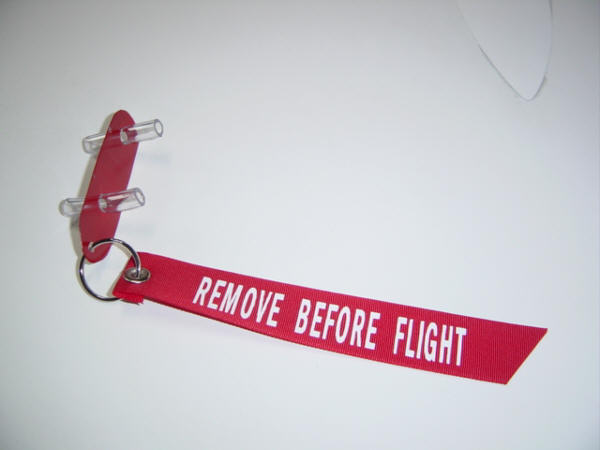prop-er
Forum veteraan
http://video.google.nl/videoplay?docid=4143900077464659961&q=plane
Quote:
Date: 27 AUG 1992
Time: 10:20
Type: de Havilland Canada DHC-4T Caribou
Operator: NewCal Aviation
Registration: N400NC
Msn / C/n: 240
Year built: 1965
Crew: 3 fatalities / 3 on board
Passengers: 0 fatalities / 0 on board
Total: 3 fatalities / 3 on board
Airplane damage: Written off
Location: Gimli, MB (Canada)
Phase: Initial climb (ICL)
Nature: Test
Departure airport: Gimli Airport, MB (YGM)
Destination airport: Gimli Airport, MB (YGM)
Narrative:
The aircraft took off for a test flight for a turbine-engine conversion programme. It climbed steeply, rolled to the right and crashed in a nose-down, rightwing-low attitude.
This accident ironically occurred in Manitoba, at Gimli – the site of the Air Canada 767 fuel-exhaustion incident.
The aircraft involved was an experimental, modified version of the Caribou which had undergone conversion to turbine power, and was being tested to check fuel and hydraulic systems on the date of the crash, 27 August 1992. Although the aircraft apparently rotates and climbs normally, photographic evidence indicates that control-surface movement was minimal, suggesting that the gust-locks were engaged. While there was elevator movement upon rotation, the elevators returned to the neutral position and remained there. This is in line with the operation of the gust-lock – if the control surfaces are not in the neutral position when the lock is engaged, movement of the surfaces through neutral will engage it. In addition to preventing control-surface movement, the gust-lock lever is supposed to inhibit the power levers to prevent the pilot from applying take-off power. It was found that the aircraft’s take-off distance was 20% longer than expected. Wreckage analysis determined that the rudder lock was fully engaged and the aileron lock had only been disengaged at the moment of impact, supporting the conclusion that the gust-lock system had not been fully disengaged ahead of the flight, and that at least some of the locks had engaged after take-off. Moral of the story: Check you have complete, free movement of all your control surfaces before you go anywhere.
The lock that was left in was a cable lock which is attached to a cable to retain tension on a cable while one or both ends are disconnected. In this case several people would have been at fault. The mechanic whose responsibility it was to remove the lock, the mechanic responsible for the flight control rig check required due to the disconnecting of that cable, and then finally the flight crew who should have caught the reduced control column movement. It's sad to see that these people died because of something that was missed by at least three sets of eyes. It is also a reminder of how critical it is to have competent, experienced mechanics with high integrity.
Quote:
Date: 27 AUG 1992
Time: 10:20
Type: de Havilland Canada DHC-4T Caribou
Operator: NewCal Aviation
Registration: N400NC
Msn / C/n: 240
Year built: 1965
Crew: 3 fatalities / 3 on board
Passengers: 0 fatalities / 0 on board
Total: 3 fatalities / 3 on board
Airplane damage: Written off
Location: Gimli, MB (Canada)
Phase: Initial climb (ICL)
Nature: Test
Departure airport: Gimli Airport, MB (YGM)
Destination airport: Gimli Airport, MB (YGM)
Narrative:
The aircraft took off for a test flight for a turbine-engine conversion programme. It climbed steeply, rolled to the right and crashed in a nose-down, rightwing-low attitude.
This accident ironically occurred in Manitoba, at Gimli – the site of the Air Canada 767 fuel-exhaustion incident.
The aircraft involved was an experimental, modified version of the Caribou which had undergone conversion to turbine power, and was being tested to check fuel and hydraulic systems on the date of the crash, 27 August 1992. Although the aircraft apparently rotates and climbs normally, photographic evidence indicates that control-surface movement was minimal, suggesting that the gust-locks were engaged. While there was elevator movement upon rotation, the elevators returned to the neutral position and remained there. This is in line with the operation of the gust-lock – if the control surfaces are not in the neutral position when the lock is engaged, movement of the surfaces through neutral will engage it. In addition to preventing control-surface movement, the gust-lock lever is supposed to inhibit the power levers to prevent the pilot from applying take-off power. It was found that the aircraft’s take-off distance was 20% longer than expected. Wreckage analysis determined that the rudder lock was fully engaged and the aileron lock had only been disengaged at the moment of impact, supporting the conclusion that the gust-lock system had not been fully disengaged ahead of the flight, and that at least some of the locks had engaged after take-off. Moral of the story: Check you have complete, free movement of all your control surfaces before you go anywhere.
The lock that was left in was a cable lock which is attached to a cable to retain tension on a cable while one or both ends are disconnected. In this case several people would have been at fault. The mechanic whose responsibility it was to remove the lock, the mechanic responsible for the flight control rig check required due to the disconnecting of that cable, and then finally the flight crew who should have caught the reduced control column movement. It's sad to see that these people died because of something that was missed by at least three sets of eyes. It is also a reminder of how critical it is to have competent, experienced mechanics with high integrity.
Laatst bewerkt:

